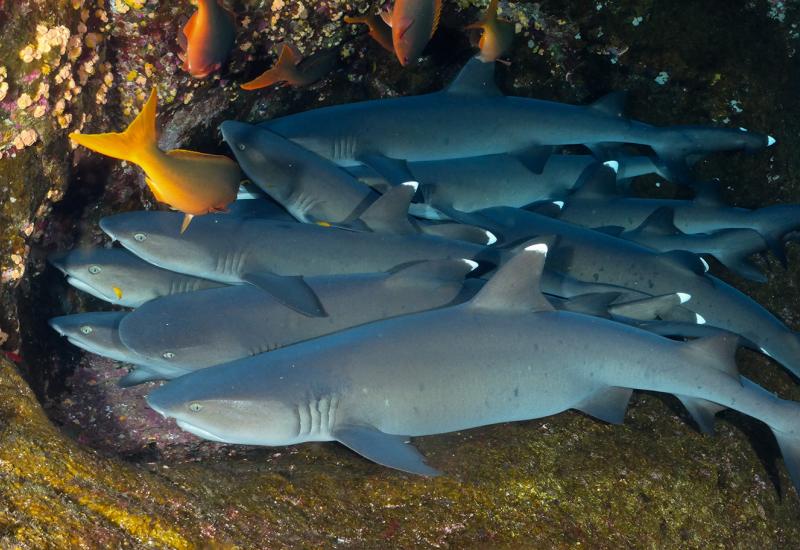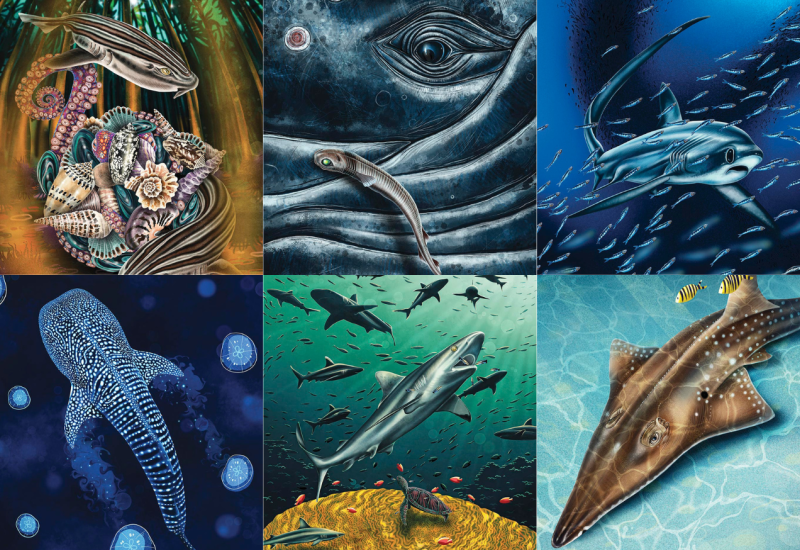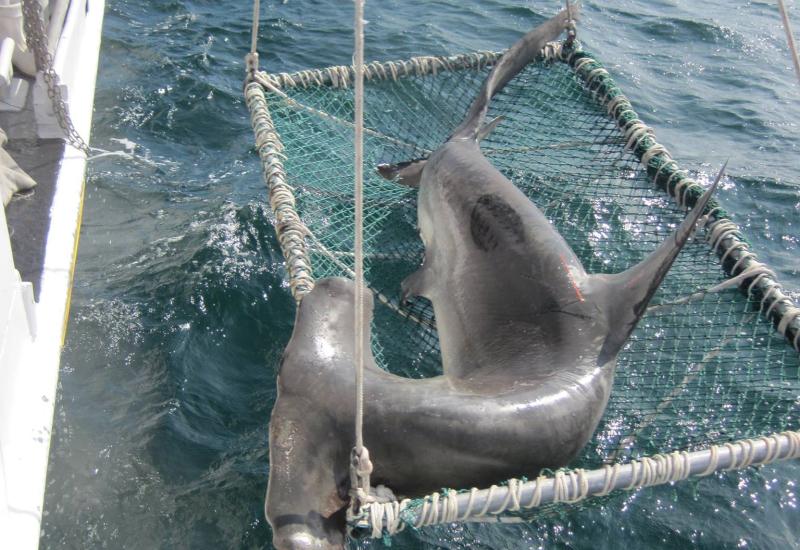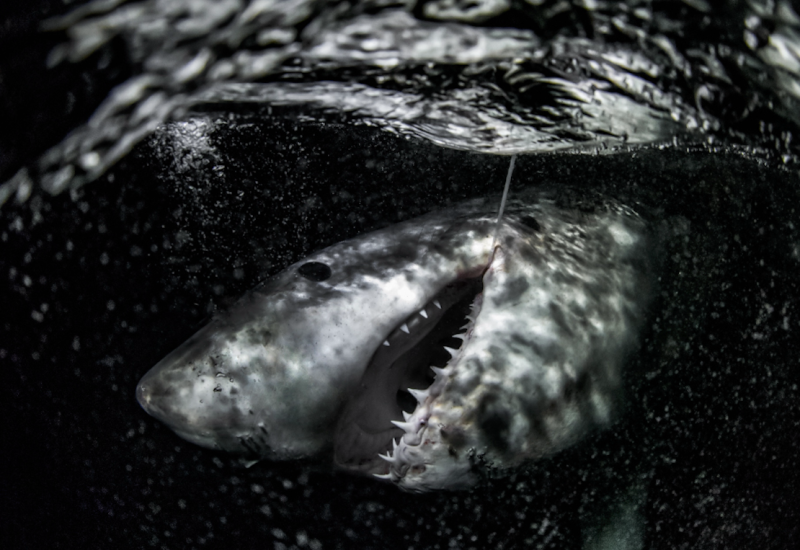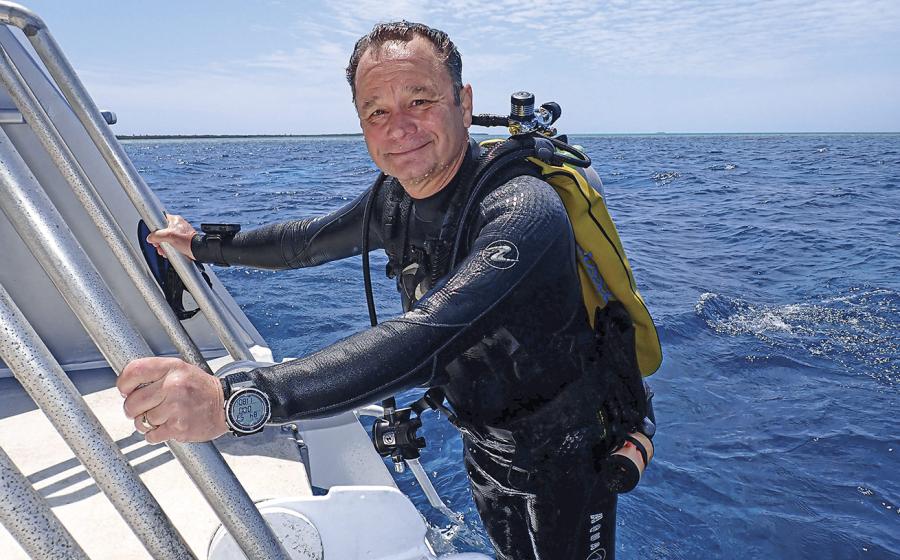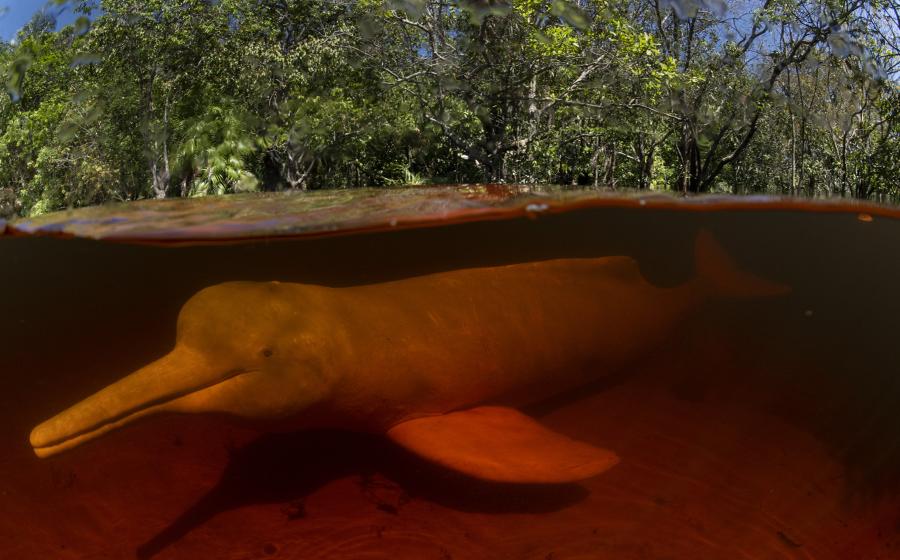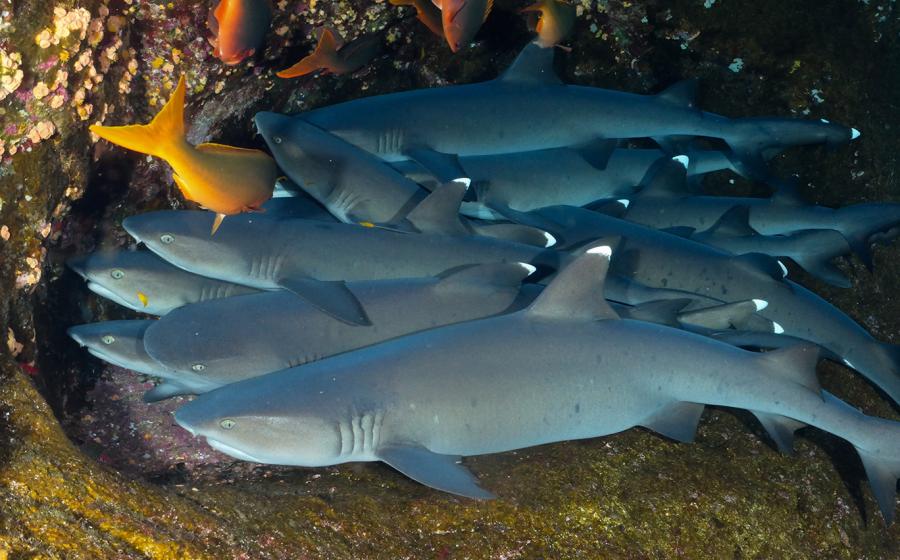10 Fascinating Facts about Leopard Sharks
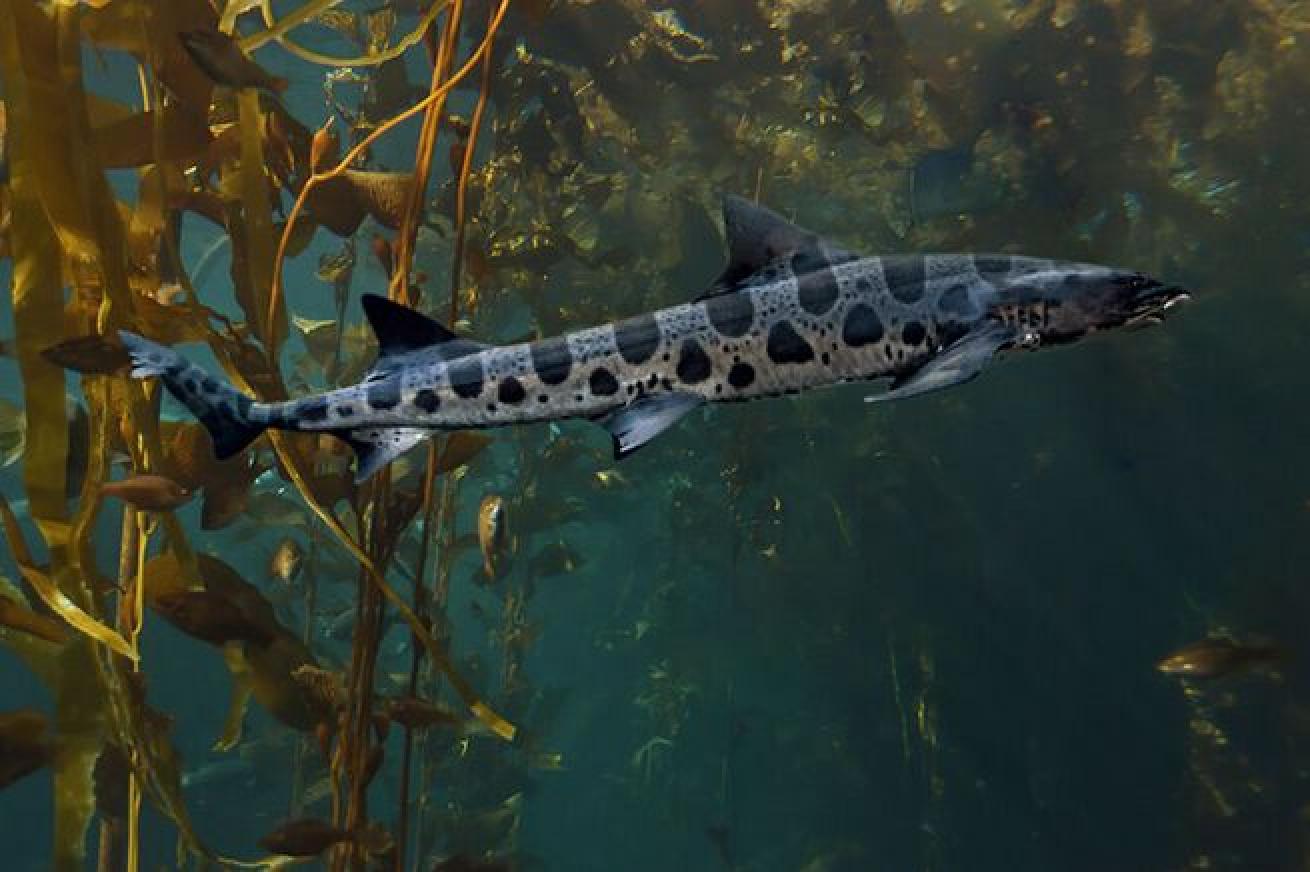
iStockThe shark’s scientific name semifasciata comes from the Latin words semi ("half") and fasciatus ("banded").
When hundreds of leopard sharks were found dead and dying in California’s San Francisco Bay earlier this month, we wanted to learn more about these beautiful fish. Here are 10 interesting facts about Triakis semifasciata.
1) The leopard shark is a species of houndshark, in the family Triakidae.
2) Adult leopard sharks reach lengths of over 6 feet; though they average less than 5 feet in length.
3) They come into shallow water to give birth to live young in spring. Females can produce from seven to 36 offspring, which measure 20 centimeters at birth.
4) Leopard sharks are more active at night than during the day, and sometimes are found lying still on the bottom.
5) The maximum lifespan of this species is estimated at 30 years. Found in many aquariums, they have lived up to 20 years in captivity.
Related Reading: Leopard Shark, Zebra Shark or Both?
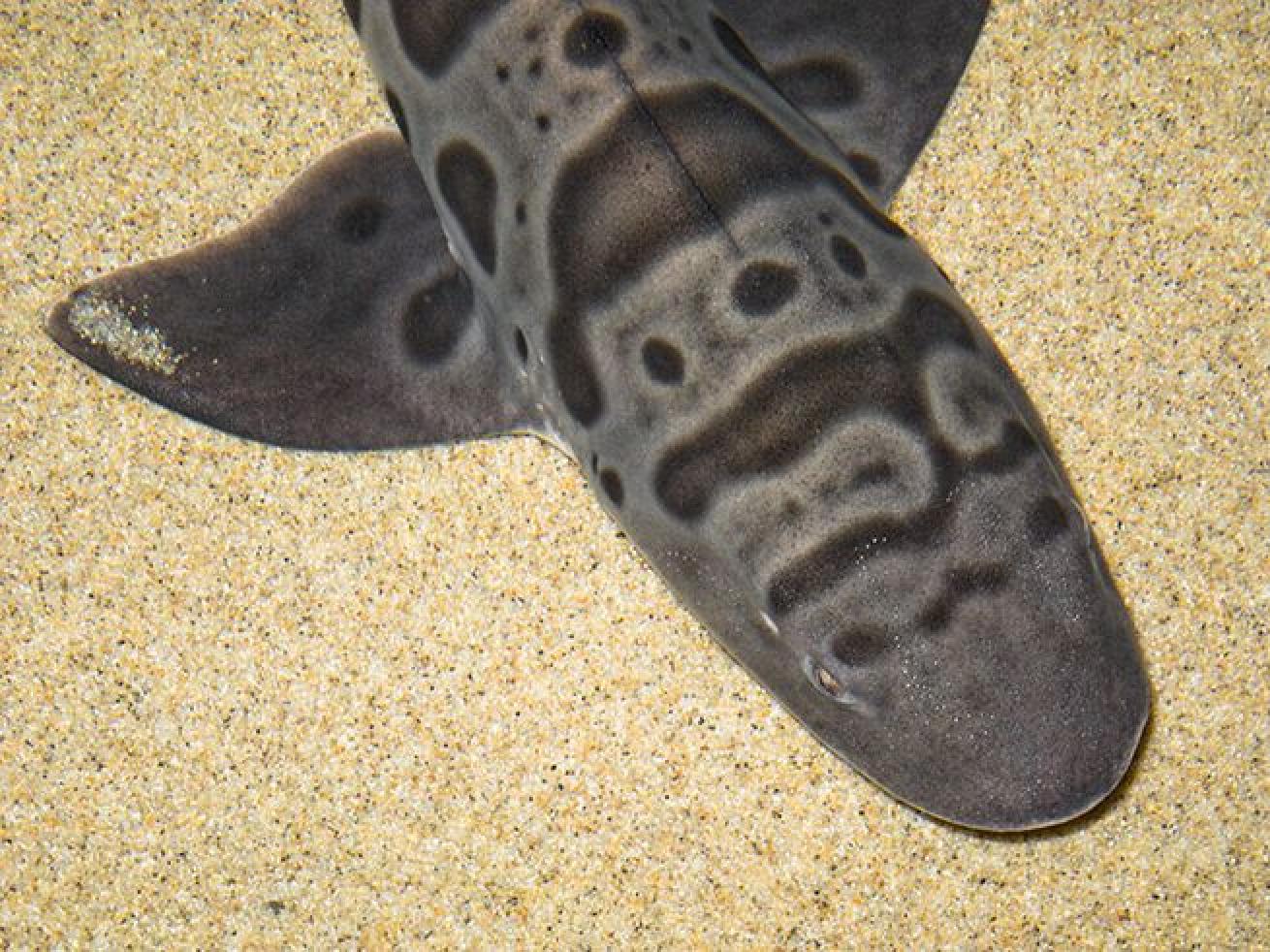
iStockAn active species that swims with a strong undulating motion, leopard sharks can be found resting on sandy bottoms.
6) While a few have been documented traveling hundreds of miles, most leopard sharks are “homebodies” that remain in the same area for much of their lives. Leopard sharks are most common in shallow water. They prefer muddy bay habitats, especially in northern California.
7) Leopard sharks follow the tide onto mudflats to forage for food, retreating just fast enough to prevent being stranded or trapped as the water recedes. They feed on animals that live in the mud, like the fat innkeeper worm, crabs, shrimp, octopuses and fish.
8) Larger sharks such as the great white shark (Carcharodon carcharias) and the broadnose sevengill shark (Notorynchus cepedianus) have been known to prey on small leopard sharks.
Related Reading: How to Photograph Pelagic Sharks
9) Scientists say hundreds of leopard sharks were found dead in the San Francisco Bay with dozens found stranded near Foster City in a mass mortality event that could be caused by meningitis due to a fungal bloom in stagnant water.
10) Though the International Union for Conservation of Nature has assessed the leopard shark as of Least Concern, the state of California implemented fishery management regulations in 1992 that reduced harvesting to sustainable levels.

